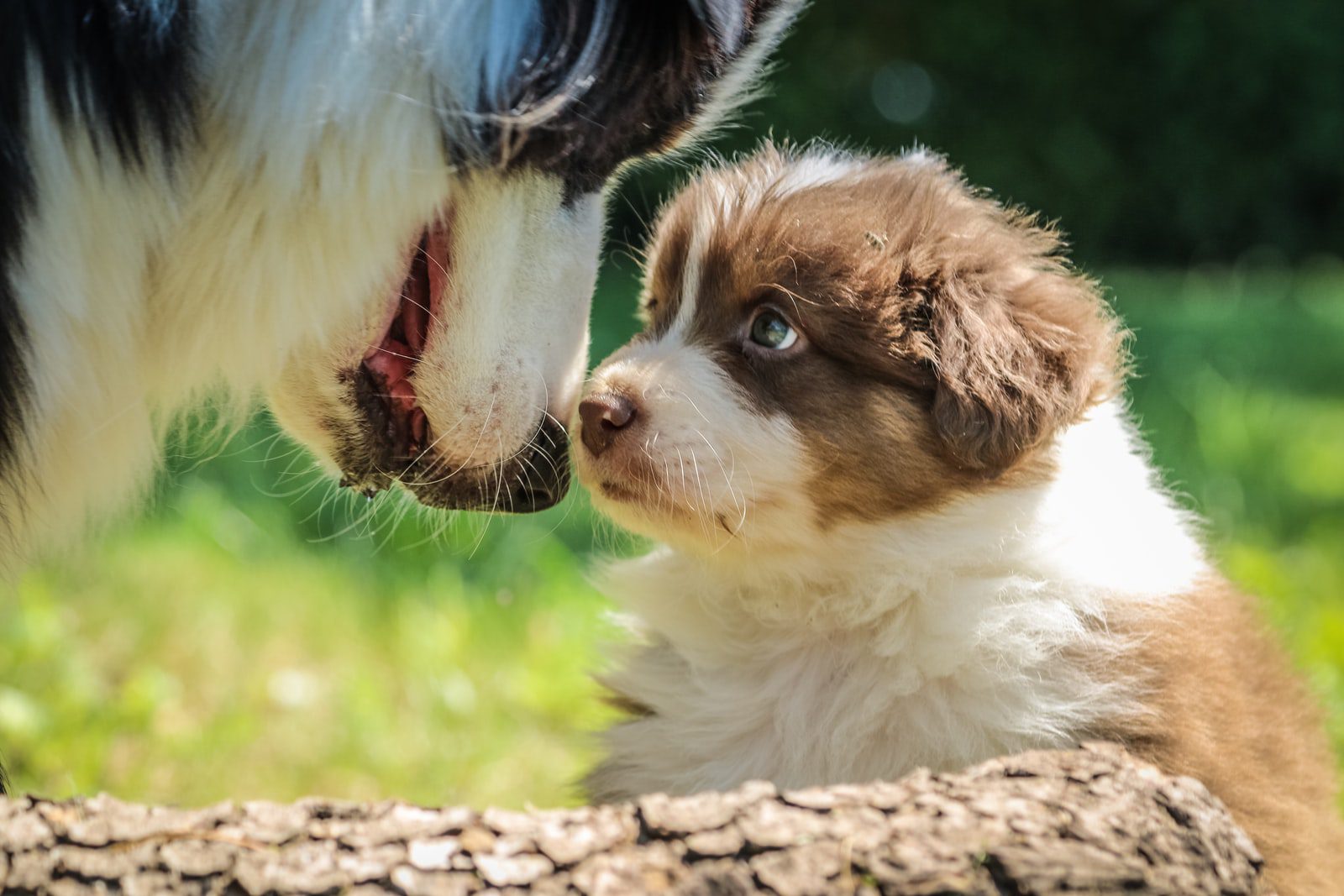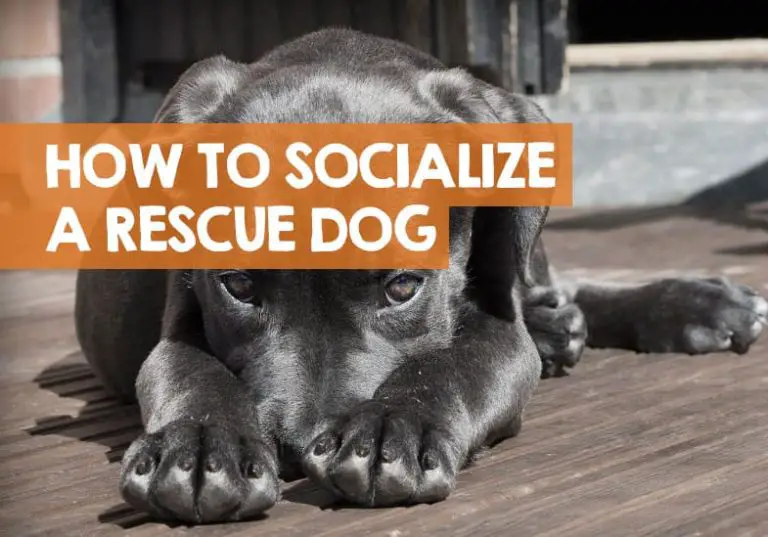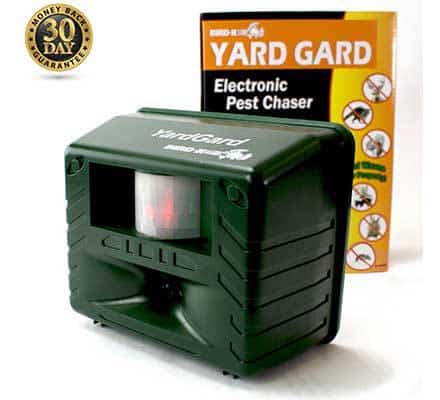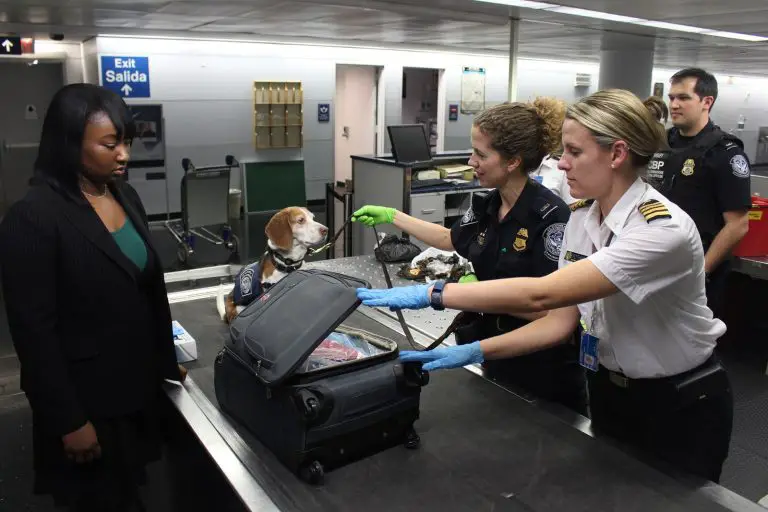Hurricane season is now well upon us, and as we watch Hurricane Florence ravage the east coast with other storms forming in the Atlantic, we must keep in mind the importance of preparation. Even if you do not live on the coast, you may be located in an area at risk for other natural disasters.
Hundreds of thousands of pets are left behind, lost, or killed during hurricanes and other natural disasters. In 2005, when New Orleans was devastated by Hurricane Katrina, over 600,000 pets were left behind. Many of these pets did not survive the storm or were otherwise lost forever to their families. Many more pets were separated from their humans during the chaos during and immediately after the storm. Although our storm preparedness and response has, in general, greatly improved since 2005, thousands of pets continue to meet this tragic fate every year.
While tracking and predicting the weather can be difficult, there are precautions pet owners can take to prepare for the worst. The two most important pieces of advice constantly repeated by the CDC, the ASPCA, and other organizations are:
- Make a plan.
- Create a disaster kit.
While these two factors cannot guarantee the absolute safety of you and your pet in the event of an emergency, they can certainly go a long way in minimizing the danger.
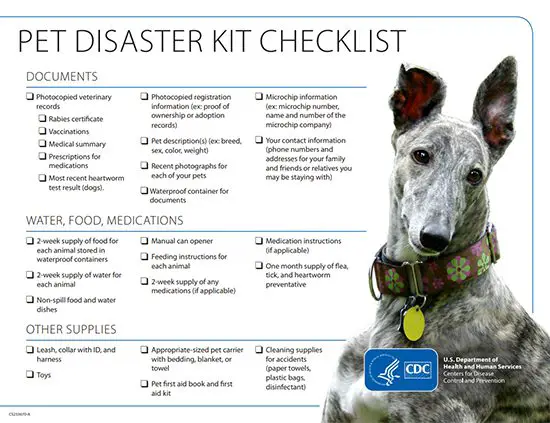
Make a plan.
Begin preparing by researching what sorts of natural disasters could potentially affect your area; for example, hurricanes pose a large threat to those living on or near the coast, but they are not the only type of severe weather that can occur. Depending on your location, it is important to also prepare for disasters like tornadoes, snow storms, earthquakes, fires, and volcanic eruptions. The first part of making a plan is to be aware of any potential danger and be familiar with the risks you may face.
Evacuation is encouraged ahead of most natural disasters, especially hurricanes. Don’t wait until an evacuation order is issued to find somewhere to go, and don’t depend on emergency evacuation shelters to accommodate your pets – research pet friendly hotels ahead of time, and consider local boarding options if necessary. If you have family or friends in a safer area, make sure that they would be willing and able to host you and your pets during an evacuation. Have a plan for where you will evacuate to in the event of an emergency, and if you decide to evacuate, do it as early as possible, as traffic and conditions will often get worse as the storm approaches.
If you decide to ride out the storm at home, there are a few precautions you can take to make your home as safe as possible. Make sure all of your supplies are in a central location so that you can access them easily in the event of a power outage or other unexpected situation. Confine your pets to one or two rooms so that you can catch them or quarantine them if need be – the last thing you want is your pet wandering off or hiding, even if it’s in your own home!
When securing a room or rooms, be sure to remove any plants or substances that could be harmful to your pets, like pest control or cleaning products.
If you have a small dog or other pets, block off any small or narrow spaces that they may attempt to hide in. The most important thing is to keep your pets close and accessible in case you need to move quickly. It is often a good idea to get your dog comfortable with being in a crate or kennel, as that will likely be the easiest way to transport your pet if need be.
Finally, make sure your pets are up-to-date on all of their vaccinations. In confined spaces, germs can spread more easily.

Build a disaster kit.
When creating an emergency kit for your pet, you will often need many of the same items you should have in your own emergency kit, like a flashlight, food and water (enough to last several days or even weeks), blankets, and bedding. Your pet’s disaster kit should include a few extra items, like a spare leash and collar, favorite toys, and any car or travel safety items you might need in the event of evacuation.
You should also stock up on any medications your pet needs well in advance of a storm, including preventative flea and tick medicine. If your pet has anxiety during fireworks or thunderstorms, you might also consider purchasing a compression shirt or asking your vet for special medication to help keep them calm. If your dog has special needs, you will need to be able to provide them treatment in the event of a blackout or transportation difficulties.
Your disaster kit should also include important documents like vet and shot records, registration papers (if you have or need them), and a contact info sheet with your name, address, and phone number on it. Consider making a “missing pet” handout or flyer, so you have one on hand in a worst-case scenario. The handout should include your contact info, any special needs your pet has, and a recent photo.
Many vets and animal welfare organizations encourage microchipping, and it is an especially good idea in the event of a disaster like a hurricane. In the event that you get separated from your pet, microchipping is one of the most effective ways of reuniting with them. If your dog is already microchipped, make sure that the information associated with it, like your address and phone number, is up to date.
No matter if you decide to ride out the storm or evacuate, it is important to keep in mind that leaving your pet behind is never an option. Remember: if it’s not safe for you, it’s not safe for them. All animals should be brought inside immediately at the first sign or indication of inclement weather, including thunderstorms. Prepare ahead of time so you are able to keep yourself, your family, and your pets as safe as possible.

